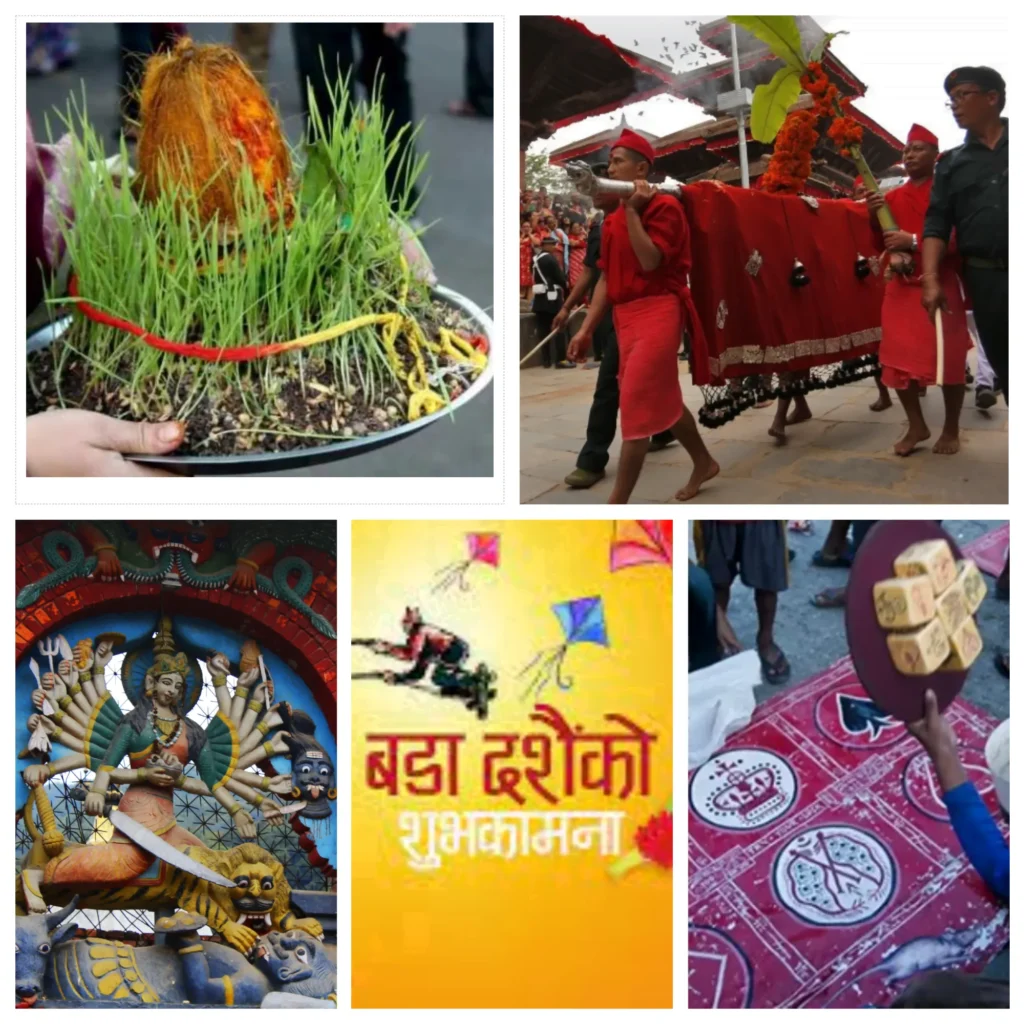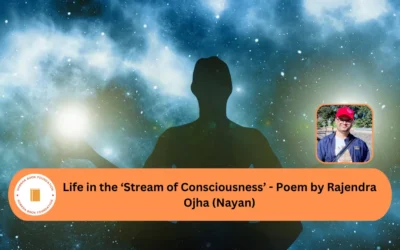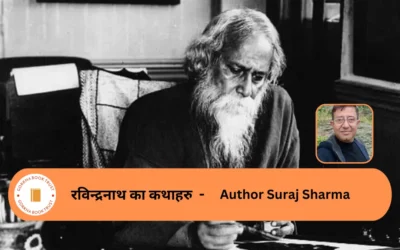- Pingback: Tihar: The festival of lights and gratitude
Dashain Festival of the Gorkhas
Dashain is the grandest and most auspicious festival for the Nepali-speaking communities around the world. It is the same Hindu festival celebrated as Durga Puja elsewhere, however with a touch of unique traditions shared by all Nepali-speaking communities, above and beyond their religious faiths.
The Goddess of Power, Durga is worshipped during the festival honoring a great conquest of the gods over the evil demons. For the Nepali-speaking communities there is more to Dashain than just the worship of the Goddess Durga.
In Nepali/Gorkha traditions, the celebration of Dashain is closely intertwined with the agriculture season, hope for a bountiful harvest, and heavily contextualized to the mountain culture and societal traditions.
15 Day of Festivities
Dashain, as per the traditional Hindu calendar begins on the bright lunar fortnight (Shukla Paksha) in the month of Ashoj (Aswhinin) and ends on the full moon day (Poornima). The 15 days of festivities around September-October months, falls right after the rice planting season, when families have some time for relaxation and celebrations after their hard works in the fields.
Therefore, Dashain – beyond its religious significance and worship of the Hindu Goddess Durga, is also a celebration of the fertility of the land and praying for a good harvest. Dashain is the time for family reunion, seeking blessings of the elders, great food, family gambling and bonding time.
Here are the few dates we found that were special for the Nepali Dashain. Please let us know if there are more Nepali things to do during Dashain.

Day 01: Jamara Ropney (Ghatasthapana)
This is the first day of Dashain when families sow jamara (barley/maize) seeds in a Kalash (a brass vessel) filled with soil, some cow dung, and holy water. The Kalash on which the seeds are planted symbolizes the growing love and blessings of the god and she is believed to reside in the Kalash. The family members perform puja everyday and carefully water it everyday, until the last day of Dashain. By the end of fifteen days, the jamara would have grown 5-6 inches long, fresh, lush and green.
Day 07: Fulpati
‘Ful’ means ‘Flower’ and ‘Pati’ means ‘leaves’ in Nepali. The seventh day of Dashain literally means flowers and leaves. In the ancient times of Kings and monarchs, the days was when Jamara were transferred from the ruler’s ancestral places to the new modern cities where they lived. Processions and street celebrations marked the occasion.
Today, though the significance is less, Fulpati is still an important day for nature worship. Elaborate pujas are performed around the ‘Jamara’ and outside around plants and trees on this day. As kids, Fulpati was day the countdown begins for the big day.
Day 08: Maar/Bali ko Din (Maha Asthami)
The eighth day of Dashain is the most controversial, yet a very auspicious day of celebration. Goddess Kali, the most violent manifestation of Ma Durga is worshipped on this day.
Animal sacrifice is the ritual of the day to appease Goddess Kali and seek her protection against all negativity and violence for the family. In the olden times, people thronged the local Durga temples with a sacrificial animal like Buffalo, Goat, duck, and hen. After the rituals, the meat would be brought back home for family feasts. However, there are many who avoid animal sacrifice and offer fruits and vegetables these days.
Day 10: Bada Dashain
The 10th day, aptly called Badaa (Biggest) Dashain is the most important day in the celebrations. On this day, families visit their elders and relatives to exchange festival greetings. The feasting continues and some localities organize community events in the evening.
The older member put a Tika on the forehead and bless the younger ones by blessing them with Jamara. Remember the Jamara we had planted on Day 01, which by now have sprouted well and blessed by Maa Durga is shared with everyone who comes home to seek the blessing of the elders.
Day 15: Jagrata Purnima
Jagrata means ‘keeping awake’ and Poornima being the full moon day. As a final closure to the long festivities, it is believed that the Goddess blesses those who sat awake the whole night. In modern times, family gambling have become the preferred way to keep yourself awake. Thus, Jagrata is the most awaited night for may.



